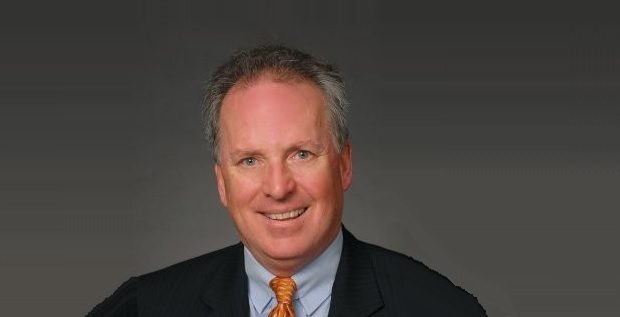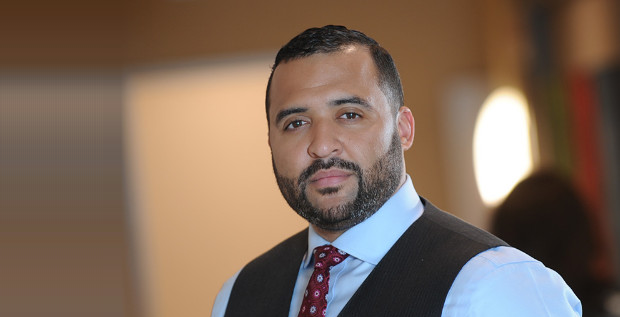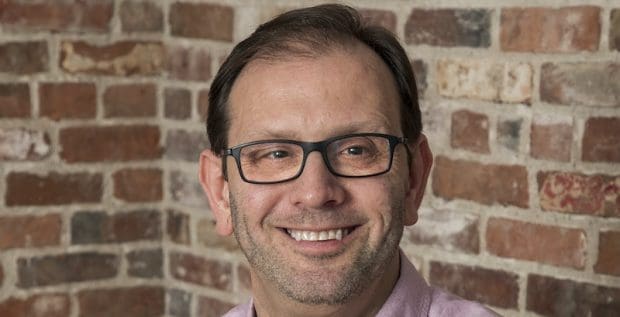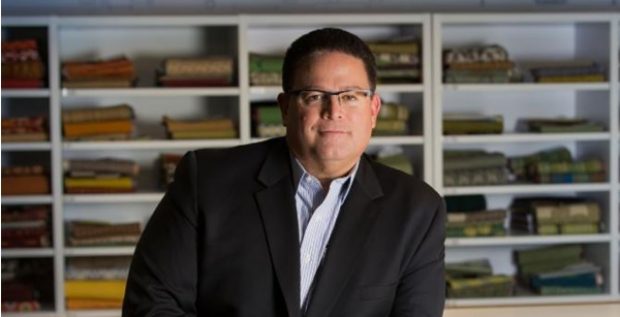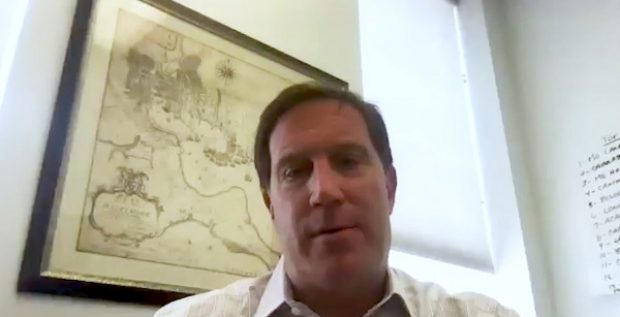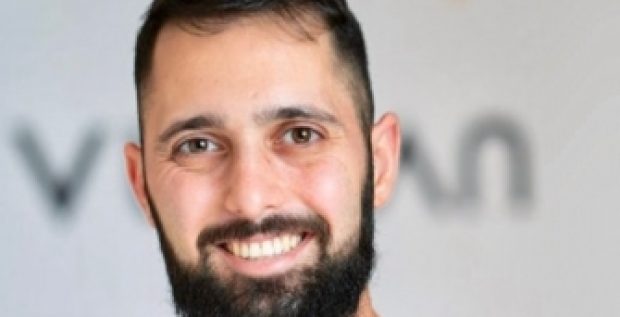Terry Neimeyer is the CEO and chairman of the board of KCI Technologies. Founded in 1955, KCI Technologies is a leading architectural, engineering, consulting, and construction firm that serves state and local governmental agencies, as well as institutions and private companies, across the United States. The company is completely owned and operated by its employees, who number over 1000 personnel. In recognizing KCI’s revenues and quality of service, Engineering News-Record Magazine has ranked the company 77th among the country’s top engineering firms.
Can you give us some background about KCI? When did you join the company?
TERRY NEIMEYER: I joined KCI in 1977, fresh out of school. I graduated from the University of Delaware—go Blue Hens!—went to work at KCI in Towson, Maryland, got a Masters degree at night at Hopkins—one of the reasons I worked at KCI is I wanted to get a Masters at Hopkins, so I did so, at night. I moved to Delaware in 1980, and before I moved, I started as a water and wastewater engineer. I wanted to work on Back River Wastewater Treatment Plant, which is over in Essex, which isn’t far from my hometown where I grew up in Dundalk. Back River was a project I wanted to work on, and—darn it—in 1979 I worked at Back River Wastewater Treatment Plant, converting it from a trickling filter plant that smells a lot to an activated sludge plant, which doesn’t smell a lot. So, that was good.
But I moved to Delaware after I got married in 1980, right at the same time all these banks moved to Delaware. KCI had an office in Delaware that was doing site-development-type work. That office just took off and we did really well, moving every bank in the country into Delaware, just doing civil engineering for them. We would design the site, the parking lots, the handicapped spaces, the storm water management, water and sewer to the building. We were not in the building design—that’s an architect’s realm.
So, Delaware took off and I was so successful there they gave me responsibility of all of the branch offices of KCI, right around the 1987 timeframe. We purchased ourselves in 1988. I was part of the executive team that helped with that purchase. I moved back to Baltimore in 1992 to take over a transportation discipline, which was a public sector-based discipline. I did that for three years, and became president in 1996.
If you look at the litany of what I’d done… I had grown through the organization. I had worked in almost every business line the company had. So, if there was ever a training ground for being a president, I went through it. But that wasn’t the plan when that happened, because they didn’t know I was going to get married and move to Delaware and things of that nature.
I became CEO in 1999. We expanded our business from being Maryland/Delaware/Pennsylvania-based to adding the Carolinas, adding Florida, adding Georgia, adding New York and West Virginia at that time, and we’ve grown the company since then. We’ve recently moved into Texas and actually had an office in Tennessee and Indiana at the same time. So, we’re expanding geographically offering civil engineering services mainly to the public and private sector. That’s why we’re here today.
When and how was TCI founded? Was it always employee owned?
The company was founded in 1955 in the basement of a Calvert Street, Baltimore townhome by two gentlemen named Lester Matz and John Childs. They offered business civil engineering services to the private sector. They worked for the development community and the contracting community and did very well, especially in Baltimore County where they had a niche business: they could get plans approved and permitted quicker than any other engineering firm in the area in the private sector. They diversified that into a private/public sector firm—80/20: 80% private, 20% public.
In 1977, that company gets purchased by the Kidde Corporation. Kidde was a large conglomerate out of New Jersey—you’d know them by their fire extinguishers. They’re still in Home Depot today, you’ll see them all over the place.
Then, in 1987, the Kidde organization is purchased by Hanson. Hanson is a British firm, a big conglomerate owning many companies. Hanson had a reputation of buying a company and selling off assets that they didn’t think would meet their profit margins. We were professional services business, so they made it clear they were going to sell us and we immediately put our hand up and said, “Well, let’s buy ourselves.” They pushed back and said, “We don’t sell to former owner-operators; we only sell to new businesses. We find we can maximize our return that way.” And we said, “Well, come on, give us a chance,” and they said, “Okay.”
What we did is we offered them a price 50% above what the market would have been, which wowed their socks off and they said, “We’ll sell.” So, we bought ourselves from Hanson in 1988, forming the ESOP—employee stock ownership plan—that we had. We became 100% employee owned. We were 80%, as I described before, and we became 100% because in 1996, Congress passed a law allowing ESOPs to hold stock in an S corporation. Prior to that, it was prohibited, and in doing so we created a competitive tax advantage: you’re tax deferred as an S corporation; you only pay corporate income taxes. If the ESOP owns 100% of the S corp you literally defer any tax payments until people exit the ESOP. So, we don’t write checks to the U.S. Government immediately, we don’t write them to the state government immediately, and they’re deferred until you leave the ESOP. By doing so, you capture the cash, you hold on to it, the value of the firm goes up, everybody’s happy. And then, when you exit the ESOP, you pay it as normal income tax and because the value has hopefully appreciated due to some good management and good luck, everybody’s happy at the end of the day: the government and individuals. In the meantime, you’ve deferred paying taxes up until you have to exit the ESOP, which is at age 70 and a half.




